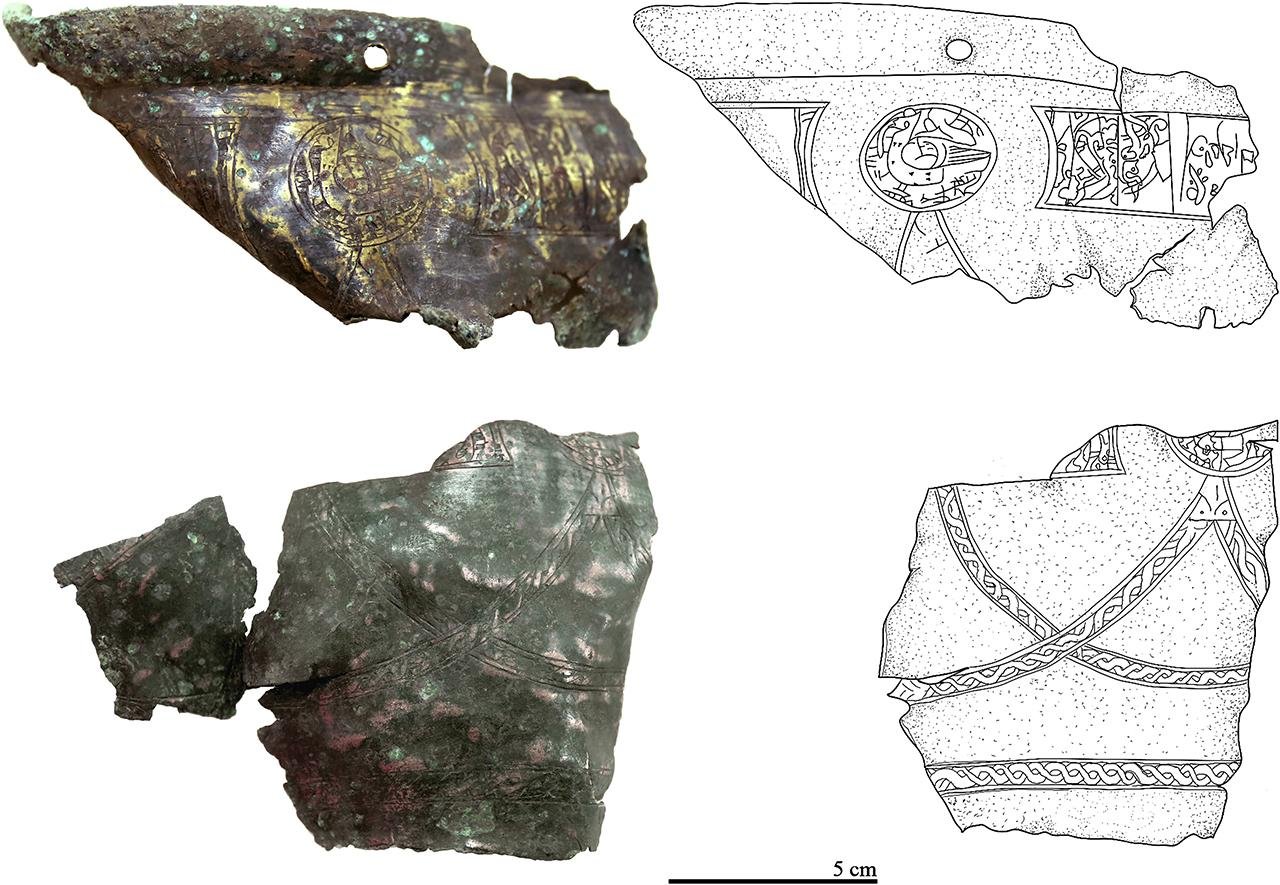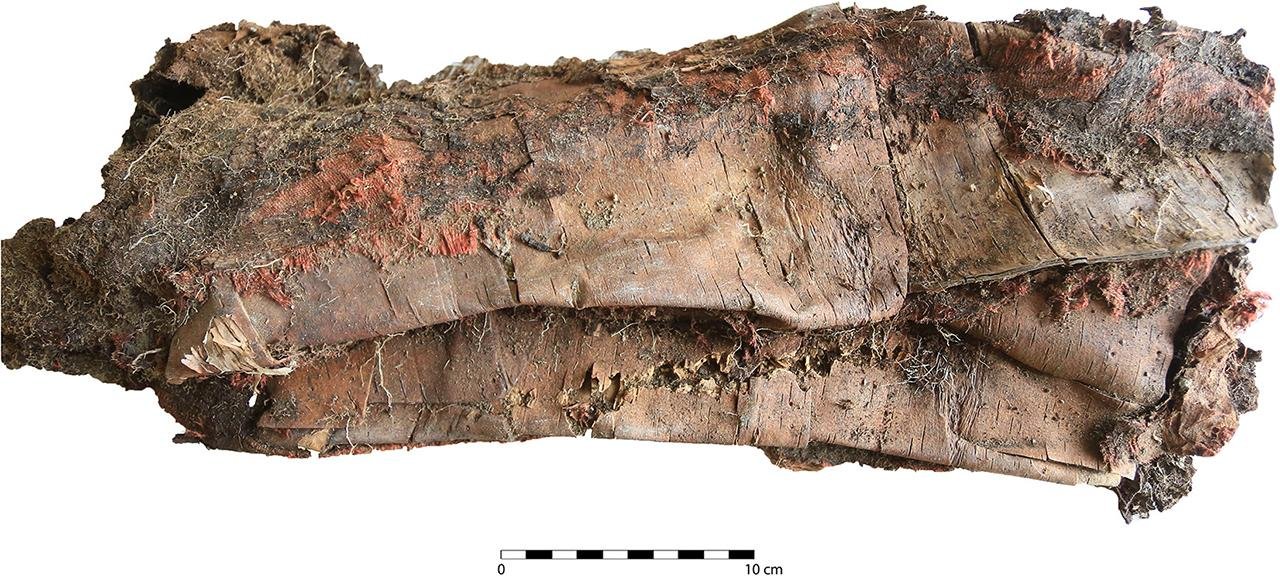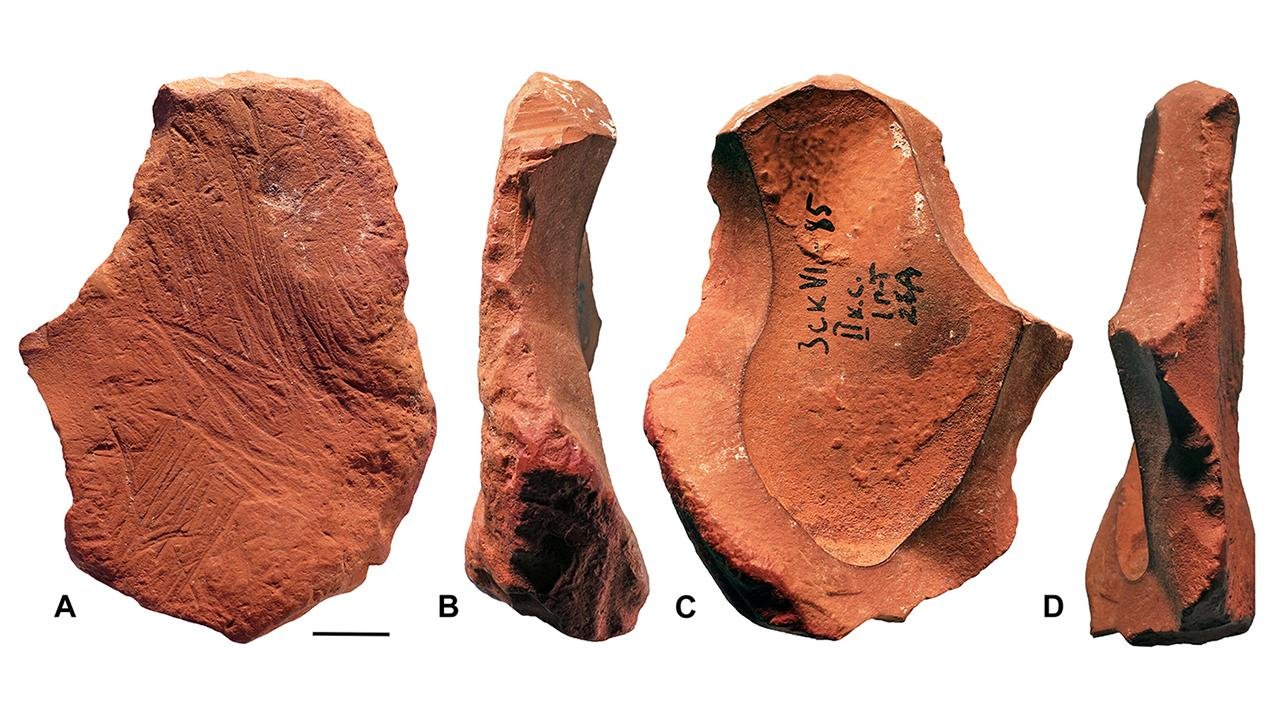A recent archaeological excavation in Mongolia’s Dornod Province has uncovered a remarkable elite tomb dating from the post-Khitan and pre-Mongol periods.
 Drone pH๏τo of the place of the discovery in the northeast of Mongolia. Credit: Amartuvshin Chunag et al., Archaeological Research in Asia (2024)
Drone pH๏τo of the place of the discovery in the northeast of Mongolia. Credit: Amartuvshin Chunag et al., Archaeological Research in Asia (2024)
The discovery, made by the Joint Mongolian-Israeli-American Archaeological Project, sheds light on the social structure, trade networks, and funerary practices of the 12th and 13th centuries, a time between the collapse of the Khitan-Liao Empire and the rise of the Mongol Empire under Genghis Khan.
The Khitan-Liao Empire, which existed from 916 to 1125 CE, once dominated large areas of what is now central and eastern Mongolia. However, following its fall, the historical record becomes sparse, particularly concerning the period leading up to the establishment of the Mongol Empire in 1206 CE. This lack of documentation has left a significant gap in understanding the social and political landscape of Mongolia during this transitional period.
The excavation took place at the ancient fortified complex of Khar Nuur, located near the northeastern border of Mongolia, about 1.4 kilometers west of Lake Khar Nuur. This site, known for its extensive network of walls and fortifications that stretched over 4,000 kilometers, was once a strategic stronghold of the Khitan Empire. The particular focus of this discovery was “Cluster 27,” a circular structure within the larger complex that contained a smaller rectangular enclosure.
 Khar Nuur grave plan, including a profile view and three elevation measurements. Credit: Amartuvshin Chunag et al., Archaeological Research in Asia (2024)
Khar Nuur grave plan, including a profile view and three elevation measurements. Credit: Amartuvshin Chunag et al., Archaeological Research in Asia (2024)
During the 2018 excavation, archaeologists discovered a well-preserved tomb embedded within the outer wall of this enclosure. The tomb, which dates between 1158 and 1214 CE based on radiocarbon analysis, contained the remains of an elite woman, aged between 40 and 60 years. The woman was buried in a wooden coffin made of larch or pine, oriented toward the northeast, and adorned with a yellow silk cloak and a headdress similar to traditional medieval hats known as bogtag malgai.
The grave also contained a variety of valuable artifacts, indicating the high status of the woman. Among the grave goods were a silver cup, a bronze vessel, a gold bracelet, coral and glᴀss beads, and golden earrings. Notably, many of these items were not of local origin. For example, the silk likely came from southern China, while the wood used in the coffin was sourced from trees native to regions 150 to 300 kilometers away.
 Remains of a decorated bronze vessel found in the grave. Credit: Amartuvshin Chunag et al., Archaeological Research in Asia (2024)
Remains of a decorated bronze vessel found in the grave. Credit: Amartuvshin Chunag et al., Archaeological Research in Asia (2024)
One particularly unique find was a small bronze cup, decorated with geometric figures and finely incised lines, which has no clear parallel among other medieval objects found in Mongolia, suggesting a connection to an unidentified craft tradition.
Professor Gideon Shelach-Lavi, a co-author of the study, said: “The richness of the grave is surprising, especially considering its modest size and in comparison to other known graves of this era.” Shelach-Lavi also pointed out the diversity of the artifacts and materials found in the tomb, which suggest a complex network of connections that are not well-documented in historical records.
 Remains of a birch bark object, likely the headgear belonging to a woman. Credit: Amartuvshin Chunag et al., Archaeological Research in Asia (2024)
Remains of a birch bark object, likely the headgear belonging to a woman. Credit: Amartuvshin Chunag et al., Archaeological Research in Asia (2024)
The discovery of this elite tomb in a location that had been abandoned after the fall of the Khitan Empire raises intriguing questions about the site’s continued cultural and symbolic importance. The reuse of the fortress’s walls for burial during a period of political transition suggests that these ancient fortifications were not only military centers but also held lasting cultural significance for the local communities.
The burial practices and the mix of local and imported goods reflect a society in transition, influenced by both its nomadic traditions and the cultural exchanges with neighboring civilizations. The results of this research were published in Archaeological Research in Asia.
More information: Amartuvshin Chunag et al, (2024). An elite grave of the pre-Mongol period, from Dornod Province, Mongolia, Archaeological Research in Asia. DOI: 10.1016/j.ara.2024.100537





